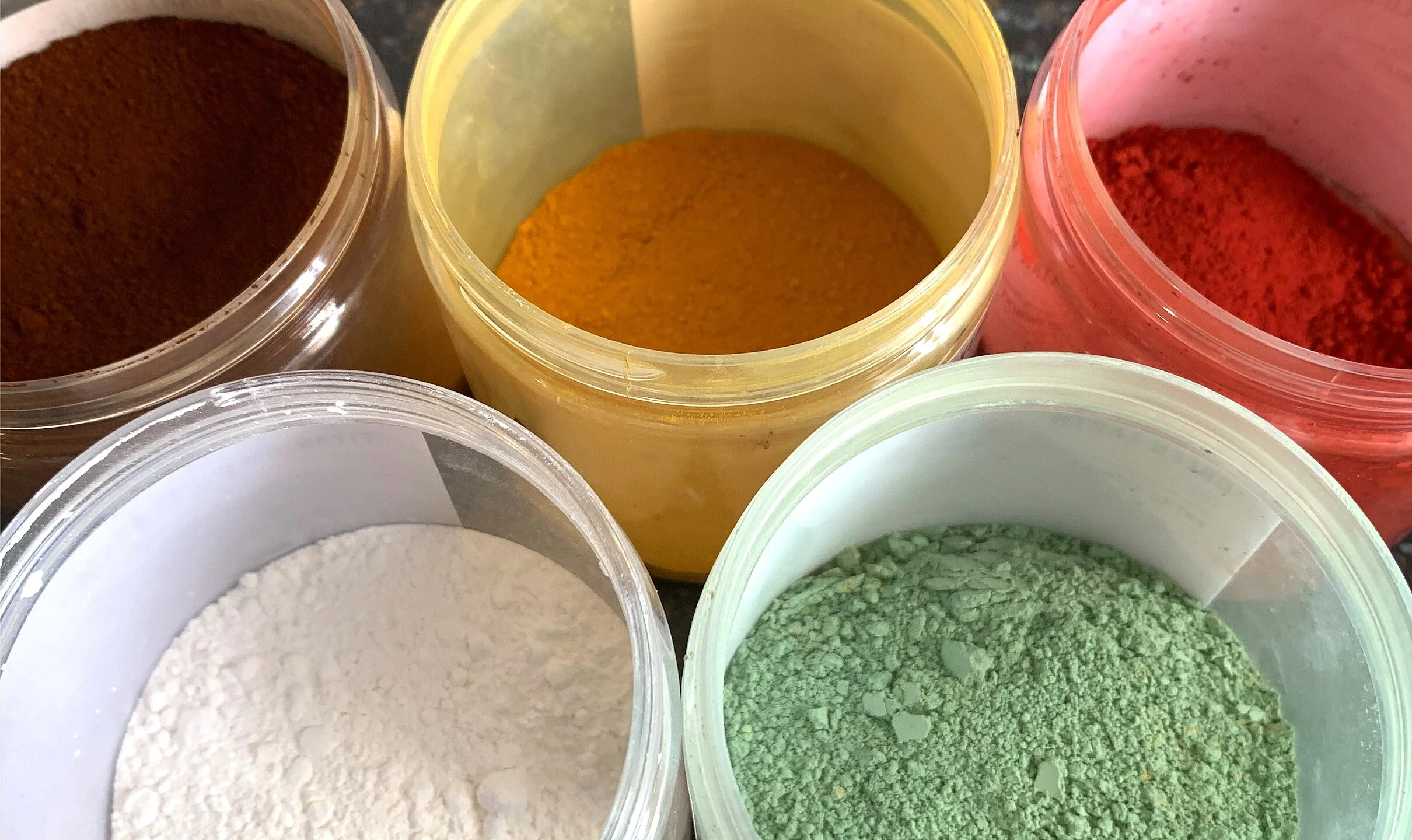Vermilion in Oil Painting: History, Properties, and Conservation Challenges
Vermilion, chemically identified as mercuric sulphide (HgS), occupies a central position in the history of artists’ pigments. Its striking scarlet hue, high opacity, and strong tinting power established it as one of the most desirable colours for painters from antiquity through the nineteenth century. The pigment’s appeal lay not only in its visual qualities but also in its symbolic associations with wealth, authority, and sacredness. Despite its prominence, vermilion is characterised by chemical instability that complicates both its historical use and its conservation today.
This article examines the role of vermilion in oil painting with reference to its historical development, methods of manufacture, optical and handling properties, interaction with other pigments, and its long-term behaviour in painted surfaces. Conservation challenges and the analytical methods used to study the pigment will also be considered, highlighting the intersection between artistic practice and scientific research.
Bitumen in Art: Beauty and Degradation
Bitumen, also known as asphaltum or simply asphalt in some regions, is a naturally occurring, highly viscous form of petroleum. This complex hydrocarbon substance has been utilised by humans for millennia, with its applications ranging from construction and waterproofing to its use as a pigment in art. Bitumen's deep brown to black colouration and its ability to produce a glossy finish have made it an attractive option for artists throughout history.
The use of bitumen as a pigment dates back to prehistoric times, with evidence of its application found in cave paintings dating back tens of thousands of years. Ancient civilisations in Mesopotamia, Egypt, and the Indus Valley were among the first to exploit bitumen's versatile properties, using it not only in art but also for waterproofing, as a binding agent in construction, and even in early forms of mummification.
The Evolution of Vermilion
Vermilion, known for its vivid, bright red hue, has played a significant role in the art and cultural expressions of societies throughout history. This pigment, whose primary component is mercury sulfide (HgS), presents a fascinating study of both the technological advancements in pigment production and the shifting paradigms of its cultural significance and usage.
Ultramarine: Beyond the Blue
The journey of ultramarine from the remote lapis lazuli mines of Afghanistan to the esteemed canvases of the Renaissance and beyond is a fascinating narrative of art, science, and commerce. Ultramarine, renowned for its deep and captivating blue, has not only been a symbol of wealth and divine beauty but also a subject of relentless scientific inquiry leading to the creation of its synthetic counterpart. This exploration delves into the multifaceted history of ultramarine, examining its nomenclature, sourcing, the challenges and triumphs of its integration into artists' palettes, and its depiction in iconic artworks. Further, it contrasts the nuanced differences in colour between the authentic pigment derived from natural lapis lazuli and its synthetic version, underscoring the advancements in chemical synthesis that have democratized access to this once-exclusive color. The narrative of ultramarine is not merely about a pigment but encapsulates a broader discourse on the intersection of natural resources, artistic endeavor, and technological innovation.
Lead White: A Historical and Chemical Overview
Lead white, known chemically as basic lead carbonate (2PbCO3·Pb(OH)2), has been an integral pigment in the palette of artists for centuries, revered for its exceptional qualities in painting. Despite its widespread use and significance in the art world, lead white has also been a source of health concerns due to its toxic properties. This article delves into the multifaceted aspects of lead white, examining its historical background, chemical characteristics, production methods, and the implications of its toxicity. It further explores the decline in the use of lead white, driven by health and environmental considerations, and discusses its continued relevance in art conservation and historical studies.
Tyrian Purple: The Royal Pigment
For over a millennium, tyrian purple stood as the most coveted pigment in the ancient world. Derived from a laborious harvesting process involving thousands of predatory sea snails, the vibrant crimson-purple hue was reserved almost exclusively for denoting imperial sovereignty across the Greek, Roman, and Byzantine empires. Though the specifics of its production may have faded over time, tyrian purple's legacy as a luxury symbol of status persists even today.
The Curious History of Mummy Brown
Mummy brown is one of the more macabre pigments to have been used by artists in history. As its name suggests, this rich brown pigment was originally made from actual Egyptian mummies during the 16th to 19th centuries. Let us delve deeper into the intriguing history of this pigment and the indelible mark it left on the world of art.
“Pink” - The Yellow Pigment
The color Dutch pink (also known as Sap Green and Stil de Grain Yellow) has an unusual history shrouded in uncertainty. In past centuries, this yellowish pigment went by various names, including English pink, Italian pink, and madder yellow. Yet its defining ingredient came from neither England nor Italy, but rather Persian berries. So why was this yellow pigment called pink?
Making Oil paint -Is It The Cheaper Option?
As artists, we are often on the lookout for ways to cut costs without compromising the quality of our materials. One topic that frequently arises in this pursuit is the cost-effectiveness of making our own oil paints. Recently, I stumbled upon a discussion forum that posed the question, "Can I ACTUALLY save money by making my own paints?" The responses varied, piquing my curiosity and prompting me to delve deeper into the matter.









